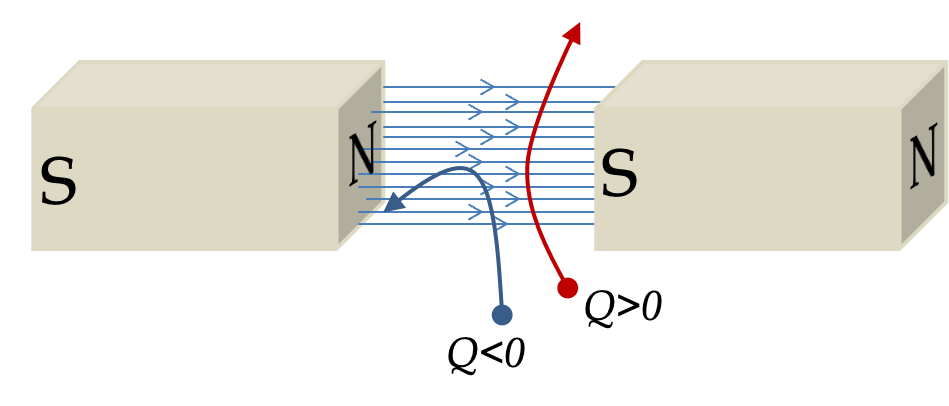Example 35.18. Practicing Right-Hand Rule for Magnetic Force.
Find the direction of missing vector, either velocity, magnetic field, and magnetic force on the particle. Use a dot in a circle for pointing out of page and an \(\times\) inside a circle for pointing in the page. (Some answers have infinite number of possible directions. In those cases describe the complete answer, and an example correct direction.)

Solution.
- \(\bigodot \: \vec F\text{.}\)
- \(\bigotimes \: \vec B\text{.}\)
- \(\bigotimes \: \vec v\text{.}\)
- \(\stackrel{F}{\longleftarrow}\text{.}\)
- \(\stackrel{F}{\longrightarrow}\text{.}\)
- \(\stackrel{v}{\longrightarrow}\text{.}\)
- \(\bigodot \: \vec B\text{.}\)
- \(\bigotimes \: \vec B\text{.}\)







